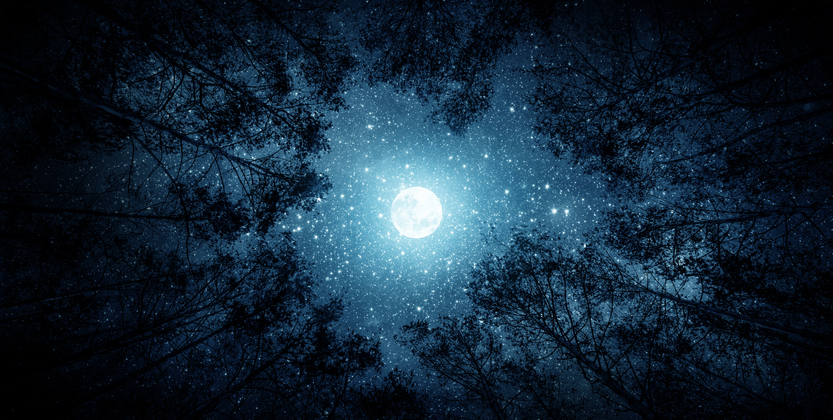Reviews: Amnesia Road by Luke Stegemann | Imaginative Possession by Belinda Probert
How do we reconcile ourselves to the Australian landscape? It’s a question both Luke Stegemann and Belinda Probert address in these books, in their own ways.
For Indigenous people, it’s perhaps about continuing connections when the last 200 years have been marked by severing, overcoming trauma and dealing with foreign cultures, even if recently Aboriginal culture has been celebrated. For more recent arrivals, connection to land is a complicated process of facing up to our history and living with a land that doesn’t fit neatly with imported ideas of benign countryside, dense settlement and European or Asian agriculture.

Almost intimidating in its steely virtuosity of style and ideas, Amnesia Road is concerned with facing our history, while celebrating the exquisite nature of outback Queensland. There are the paired, contrasting themes of Dorothy McKellar’s poem – the beauty and terror. Stegemann, with his connections to Spain, compares this history with that of post-Civil War Spain, where there are similar displacements, killings, and mad cruelties by psychopaths.
The book’s title refers to cultures of remembering and forgetting. Often we remember in a distorted way – celebrating Gallipoli and cricket while ignoring the bloody history of Indigenous dispossession. Yet Stegemann also describes our remembering the crimes as double-edged – we can spend too much time seeking to land blame, rather than on healing.
His is a nuanced contemplation. He is impatient with un-localised rhetoric and is infinitely patient with observing the landscape. He sings placenames like Homer, he ends the book with a poetic description as profuse as the post-flood Outback. He is unblinking when faced with the harshness and starkness. Descending into the hell of the Spanish Civil War, he tries to understand how a country has wilfully repressed memories of rape and murder by men still celebrated.
He is an amateur boxing referee, of all things, and while I don’t share his interest in boxing, I suppose there is, in boxing, a mix of beauty and brutality, consistent with his outlook, and he does make the point that boxing allows an unleashing of aggression in a controlled manner, in communities where too often this unleashing happens in disastrously unhinged ways.
He uses an example of a truck driver disgusted at the vandalisation of Indigenous rock wells to alert us to the danger of stereotypes. He rightly criticises remote moralising but perhaps becomes overly partisan is in his suspicion of coastal-dwellers, who, in my experience, have much goodwill towards their fellow citizens in the country, and the image of the condescending inner-city chardonnay-sipper is as much a stereotype as the country hick, a stereotype he rightly questions.

Probert, too, tries to come to terms with the dispossession and the beauty, especially when, in her case, her English background makes for a push and pull effect – she is attracted to and wary of the strangeness of the landscape. Her book is a description of gradually gaining affection for Australian plants and wildlife and learning to read beneath the cultural surface of the landscape.
She notes that the continent is so big that the sense of place has to occur at a smaller scale, yet the country is ‘relentless’ in its consistent biota. One can look to painters, as she does, for a feel for Australia’s uniqueness, yet she notices that the iconic images of the Australian landscape in Impressionistic paintings may be the result of introduced, destructive European agriculture. But Stegemann suggests that we shouldn’t look down on the colonial painters of Australia – we all see landscape in our own way.
At the heart of Stegemann’s book is a series of concerns that are difficult to summarise without the risk of minimsing his careful processes of thought: How can we address the painful past honestly without just taking sides, participating in shouting matches, simplifying and making token gestures, and viewing through our own moral lens the actions of people very different to ourselves? How can we acknowledge the complexities without losing sight of the great evils that were done and the weight of guilt that falls on violent invaders? How can we acknowledge that land was stolen while equally recognising that non-Indigenous people can cultivate a connection to land too? He tries to negotiate between those who won’t say sorry and those who say we should never forgive.
Probert doesn’t engage quite as much as Stegemann with the brutal side of our history, but she is aware of the incongruities of European habits imported into the landscape, especially when it comes to fires. We are well-aware of the ‘atomic’ power of the Australian bushfire, but we still, she says, have unrealistic notions of protection and firefighting. Collectively, our possession of landscape is often clumsily unattuned.
Stegemann writes that history is hard work, and that the past is more complicated than what he describes as the simple ideological overlays foisted upon it. Probert’s journey confirms these insights and is a model for embracing a more careful and attuned relationship to the land and the communities that sit on it, a relationship that is not conclusive but is ongoing.
Nick Mattiske blogs on books at coburgreviewofbooks.wordpress.com and is the illustrator of Thoughts That Feel So Big.













